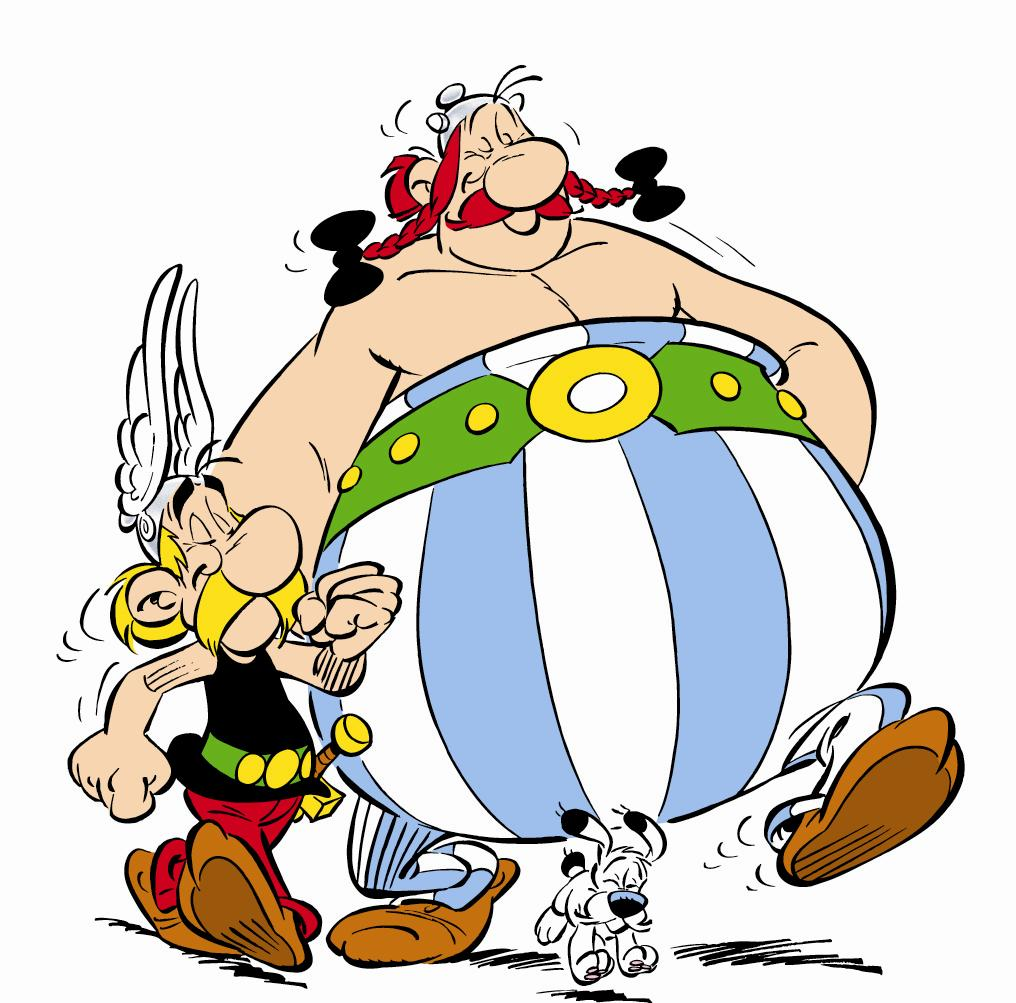The Romans took their graffiti seriously – especially the phalluses | Tom Holland
Leave an image of a penis up long enough, and it will become part of our national heritage. The rush to record inscriptions made in a Cumbrian quarry in AD 207 has cast a spotlight on the rich legacy of graffiti in Britain by the Romans. Masons sourcing stone blocks for the nearby fortifications of Hadrian’s Wall carved a date, a phallus and the caricature of an officer.
They were not alone in leaving their mark. Hunting for images of phalluses is one of the great pleasures of walking the wall. Look attentively enough, and they can be found repeatedly along its line.
Graffiti was always a mark of Roman life. In Rome, the right to draw it was widely regarded as a civic prerogative.
Which was why, carved on to bridge abutments, mile castles and the courtyards of headquarters, phalluses were such an invariable feature of the empire’s northern frontier. The preoccupation with male genitalia was common across the Roman world. In Rome, the phallus was everywhere to be seen, protecting doorways as a symbol of good luck, guarding crossroads, or scaring off birds in gardens. Ramrod size in a male was much admired.
A generously endowed man hitting the bath-house might well be greeted, as one Roman writer put it, with “a round of nervous applause”. A citizen equipped with such a weapon, particularly a young one, “in whom a degree of animal-spirits was natural”, could hardly be expected to keep it permanently sheathed.
Even the sternest of moralists acknowledged this. To the Roman mind, a brothel was not so different to a latrine: dirty and disreputable, yes, but serving an essential purpose as a receptacle of human waste. A man could no more be expected to ignore his sexual needs than he could a full bladder. Not for nothing did the same word, meio, mean both “urinate” and “ejaculate”. A thrust or two, deep and quick, like the stabbing of a sword into the guts, and the business would be done. A Roman penis was something potent, masterful, prodigious.
Naturally, to provincials in a military zone such as the one stretching south from Hadrian’s Wall, the implications tended to be alarming. A phallus that in Rome might serve as a good luck symbol was liable to appear far more menacing when it appeared above the doorway of a fort.
To any native straying into the vicinity of Hadrian’s Wall without the requisite documentation, it would have served as a peculiarly intimidating reminder of Roman power. Rape was an accepted way for the military to enforce their authority. It was the rape of Boudicca and her daughters, after all, that precipitated a crisis that almost reversed the conquest of Britain.
The Romans took their graffiti seriously – especially the phalluses
In Rome they signalled good luck, but in occupied territories such as Britain they were meant to intimidate the natives.
In Rome they signalled good luck, but in occupied territories such as Britain they were meant to intimidate the natives.
Leave an image of a penis up long enough, and it will become part of our national heritage. The rush to record inscriptions made in a Cumbrian quarry in AD 207 has cast a spotlight on the rich legacy of graffiti in Britain by the Romans. Masons sourcing stone blocks for the nearby fortifications of Hadrian’s Wall carved a date, a phallus and the caricature of an officer.
They were not alone in leaving their mark. Hunting for images of phalluses is one of the great pleasures of walking the wall. Look attentively enough, and they can be found repeatedly along its line.
Graffiti was always a mark of Roman life. In Rome, the right to draw it was widely regarded as a civic prerogative.
Which was why, carved on to bridge abutments, mile castles and the courtyards of headquarters, phalluses were such an invariable feature of the empire’s northern frontier. The preoccupation with male genitalia was common across the Roman world. In Rome, the phallus was everywhere to be seen, protecting doorways as a symbol of good luck, guarding crossroads, or scaring off birds in gardens. Ramrod size in a male was much admired.
A generously endowed man hitting the bath-house might well be greeted, as one Roman writer put it, with “a round of nervous applause”. A citizen equipped with such a weapon, particularly a young one, “in whom a degree of animal-spirits was natural”, could hardly be expected to keep it permanently sheathed.
Even the sternest of moralists acknowledged this. To the Roman mind, a brothel was not so different to a latrine: dirty and disreputable, yes, but serving an essential purpose as a receptacle of human waste. A man could no more be expected to ignore his sexual needs than he could a full bladder. Not for nothing did the same word, meio, mean both “urinate” and “ejaculate”. A thrust or two, deep and quick, like the stabbing of a sword into the guts, and the business would be done. A Roman penis was something potent, masterful, prodigious.
Naturally, to provincials in a military zone such as the one stretching south from Hadrian’s Wall, the implications tended to be alarming. A phallus that in Rome might serve as a good luck symbol was liable to appear far more menacing when it appeared above the doorway of a fort.
To any native straying into the vicinity of Hadrian’s Wall without the requisite documentation, it would have served as a peculiarly intimidating reminder of Roman power. Rape was an accepted way for the military to enforce their authority. It was the rape of Boudicca and her daughters, after all, that precipitated a crisis that almost reversed the conquest of Britain.


